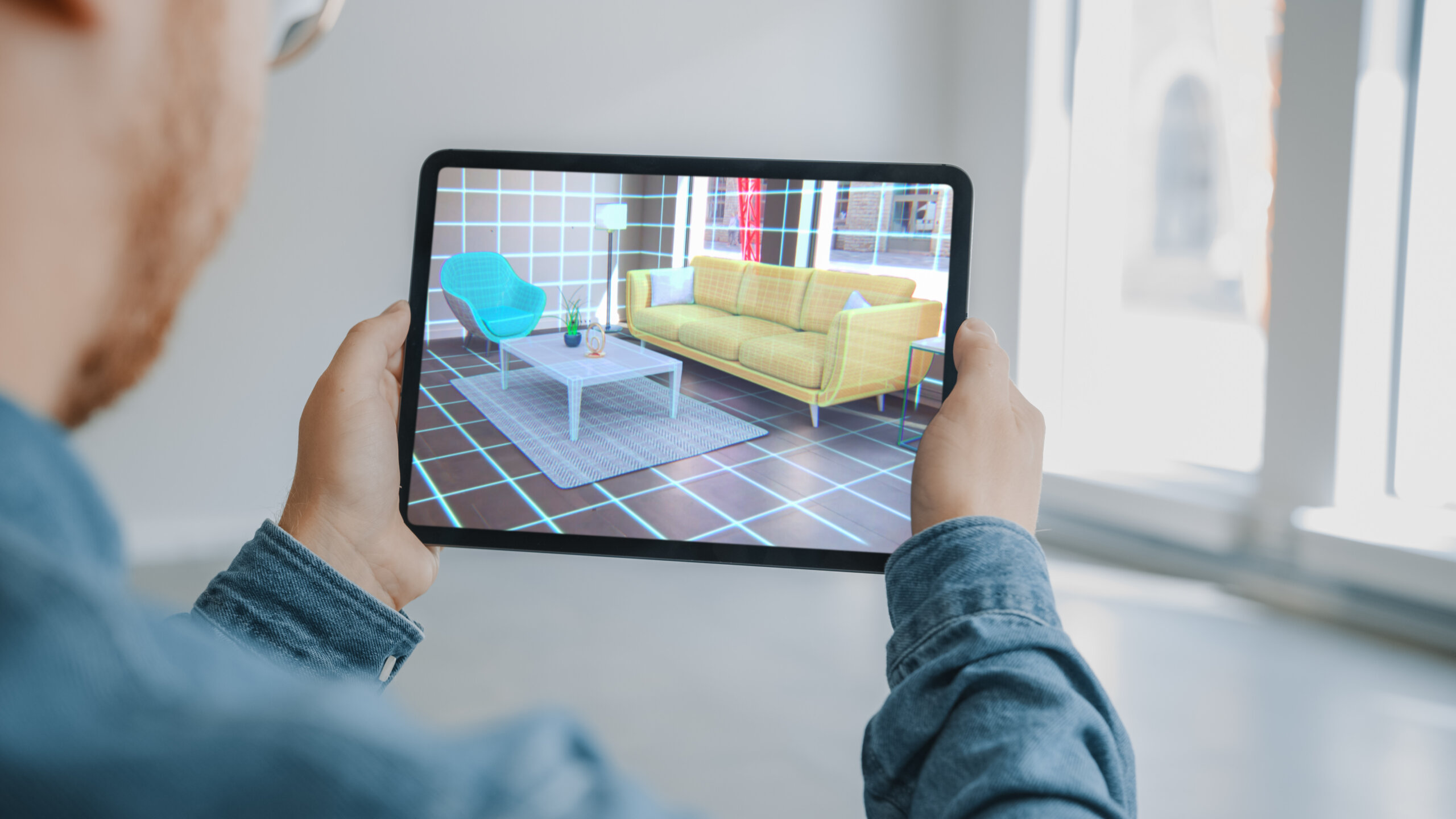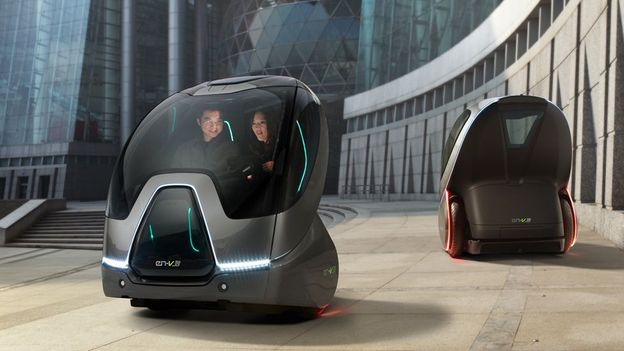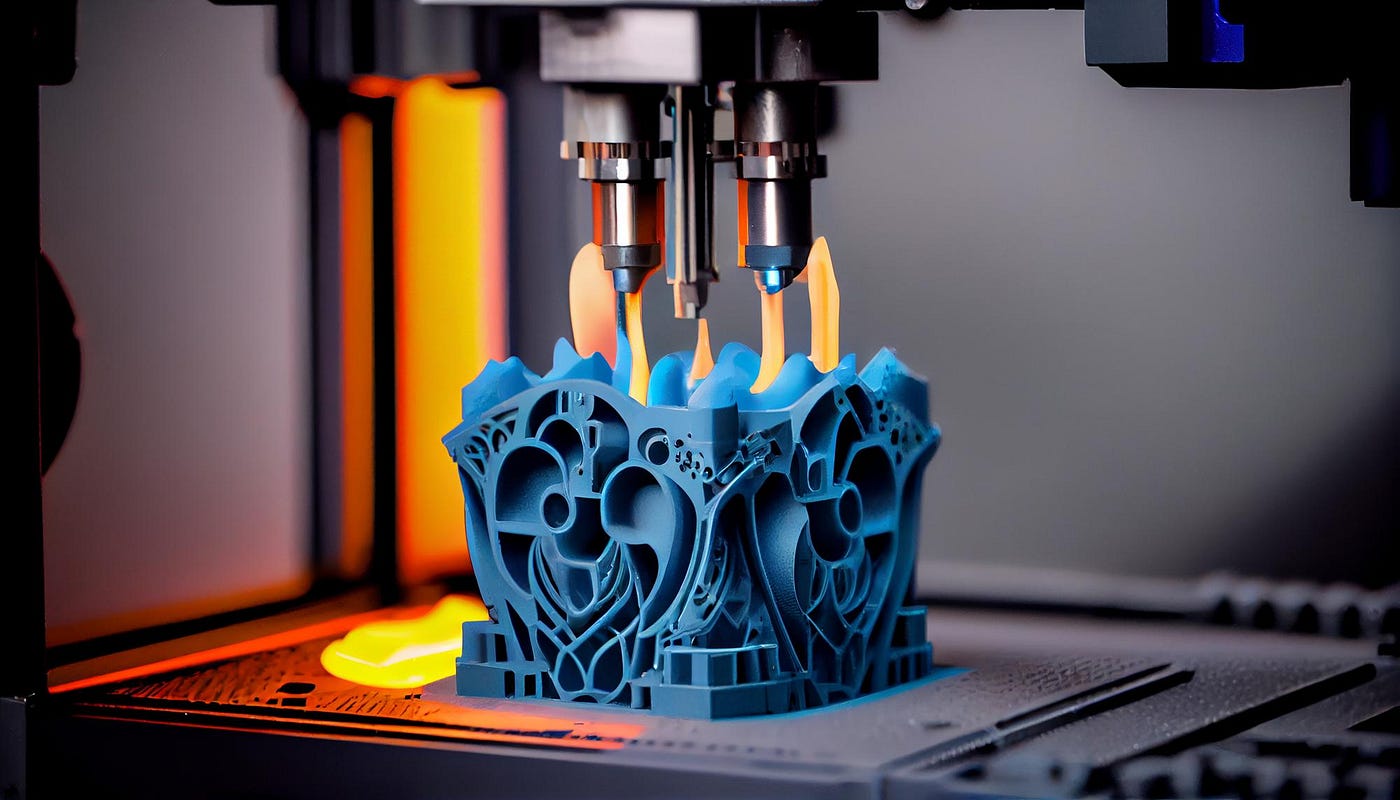The Evolution of Augmented Reality
In an age where technology continues to push the boundaries of what’s possible, Augmented Reality (AR) stands as a beacon of innovation, reshaping the way we interact with the world around us. With its ability to overlay digital information and virtual objects onto the physical environment, AR has emerged as a powerful tool for enhancing experiences across various domains. As we delve into the intricacies of this transformative technology, let us explore its origins, evolution, and its profound impact on our everyday lives.
Augmented Reality, often referred to as AR, is a technology that blends digital content with the real world, providing users with an enhanced and immersive experience. Unlike Virtual Reality (VR), which creates entirely virtual environments, AR overlays digital elements onto the physical world, allowing users to interact with both real and virtual objects simultaneously. This seamless integration of digital and physical worlds has opened up a myriad of possibilities for applications ranging from entertainment and gaming to education, healthcare, and beyond.
The roots of Augmented Reality can be traced back to the late 20th century, with early experiments and prototypes dating back to the 1960s and 1970s. However, it wasn’t until the advent of smartphones and portable computing devices that AR began to gain mainstream attention. With the release of AR-enabled apps and platforms such as Pokémon Go and Snapchat’s AR filters, millions of users around the world were introduced to the concept of augmented reality, sparking a surge of interest and investment in the technology.

One of the most significant areas of growth for Augmented Reality lies in the realm of entertainment and gaming. AR games such as Pokémon Go have captivated audiences worldwide, blending the virtual world of Pokémon with the real-world environment, and encouraging players to explore their surroundings in search of digital creatures. Additionally, AR has been used to enhance live events and experiences, such as concerts and sporting events, by overlaying digital content and information onto the physical venue, providing attendees with a more engaging and immersive experience.
Beyond entertainment, Augmented Reality is also making waves in fields such as education, training, and healthcare. In education, AR enables students to visualize and interact with complex concepts and simulations in a more intuitive and engaging way. For example, AR can bring historical events to life by overlaying virtual reconstructions onto real-world locations, allowing students to explore and interact with historical sites and artifacts in a meaningful and immersive way. In training and simulation, AR offers a safe and cost-effective way to train workers in high-risk environments, such as manufacturing and healthcare, by providing interactive and hands-on experiences that mimic real-world scenarios.
Moreover, Augmented Reality has the potential to revolutionize how we interact with information and digital content in our everyday lives. With the rise of AR-enabled smart glasses and wearable devices, users can access contextual information and interactive experiences seamlessly as they go about their day. For example, AR glasses can overlay navigation instructions onto the user’s field of view, providing turn-by-turn directions and points of interest without the need to consult a smartphone or map. Similarly, AR can enhance shopping experiences by overlaying product information, reviews, and virtual try-on features onto physical products, allowing consumers to make more informed purchasing decisions.
However, the widespread adoption of Augmented Reality also presents challenges and considerations, particularly concerning privacy, usability, and content creation. As AR becomes more integrated into our daily lives, ensuring the security and privacy of user data and interactions becomes paramount. Additionally, designing intuitive and user-friendly AR experiences that enhance rather than detract from the physical world requires careful consideration of factors such as user interface design, interaction patterns, and ergonomics.
In conclusion, Augmented Reality represents a paradigm shift in how we perceive and interact with the world around us, blurring the lines between the physical and digital realms. From enhancing entertainment experiences to transforming education, training, and healthcare, AR has the power to enrich our lives in ways that were previously unimaginable. As we continue to explore the possibilities of Augmented Reality, let us embrace its potential to enhance the world around us and unlock new levels of creativity, connectivity, and innovation. For in the ever-expanding landscape of AR, the only limit is our imagination.


